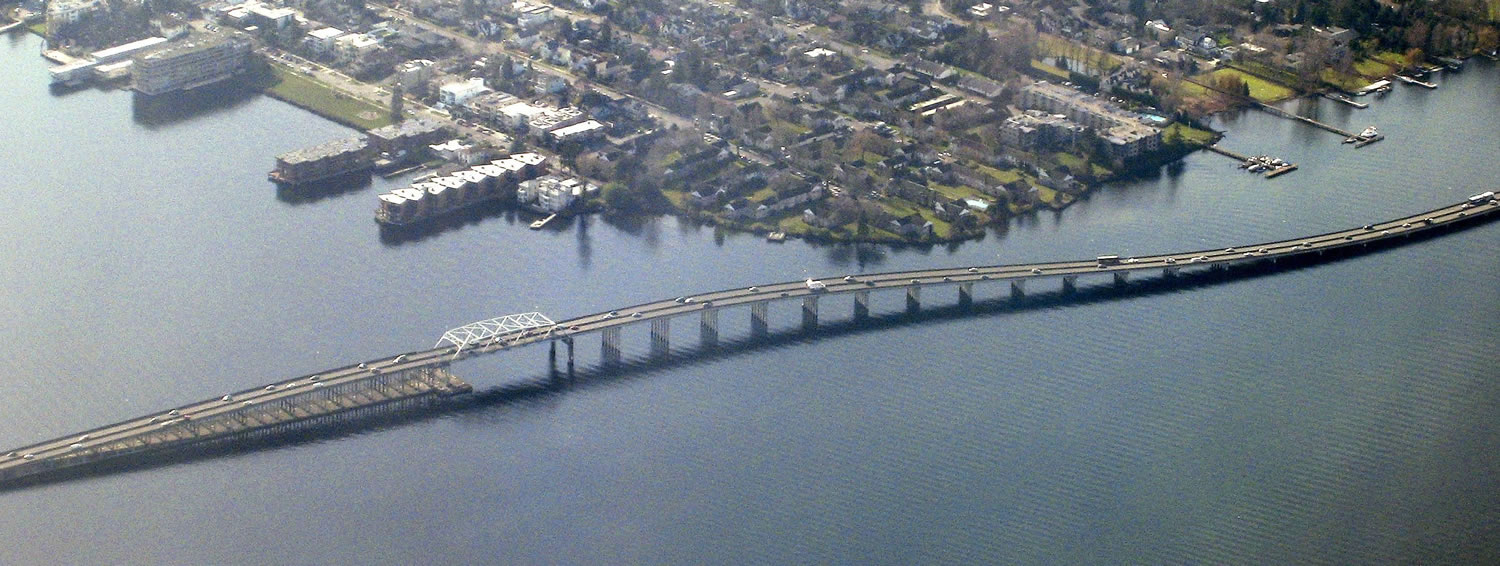By Mike Lindblom
The Seattle Times
SEATTLE -- Tolls on the Highway 520 floating bridge would cut traffic in half, according to a state financial study released Thursday.
Traffic next year would drop to 52,000 vehicles per day as drivers divert to Interstate 90, avoid trips or shift to transit, according to an "investment-grade" study by Wilbur Smith Associates, meant to assist in the future sale of construction bonds.
Vehicle trips wouldn't rebound to the current levels of more than 100,000 a day until the year 2032, the study predicts.
While traffic would move faster, with fewer cars on the road, the state needs a certain level of traffic to generate enough tolls to help pay for a new six-lane bridge.
Despite a traffic drop-off, state Treasurer Jim McIntire is confident that tolling can support at least $1 billion in bonds for the $4.65 billion crossing, as the state Department of Transportation has assumed for years.
Tolls would exceed yearly debt payments by roughly $5 million, according to a new chart issued by McIntire's office.
"This shows there's no pie-in-the-sky assumptions," said treasurer's spokesman Chris McGann.
DOT spokesman Steve Pierce said he hasn't heard of any "red flags" based on the report, which he called ultraconservative.
Construction contracts already have been awarded for the pontoons and for assembly of the floating bridge and deck on Lake Washington, to be finished by late 2014. But the Seattle portion, including a Montlake interchange, remains unfunded.
The state missed its April start date to launch tolls on the old bridge and is now aiming for December. An estimated $82 million in tolls would be collected in 2016, the report says.
Fran Conley, coordinator of the Coalition for a Sustainable SR 520, said the findings are at odds with earlier state predictions that showed less traffic diversion. "If there are going to be many fewer cars on the bridge for a long period of time, would people want to spend $4.6 billion in expanding it?"
The coalition last week sued to challenge the environmental statement by the Washington State Department of Transportation, which was approved last month by the Federal Highway Administration.
In his reply to the environmental statement, Seattle Mayor Mike McGinn wrote in July that a $4 peak toll plus added transit would enable a less-intrusive four-lane bridge to improve mobility, compared to today.
In fact, one of the state's goals is to reduce driving somewhat, through "congestion pricing" that rises at busier times of day.



